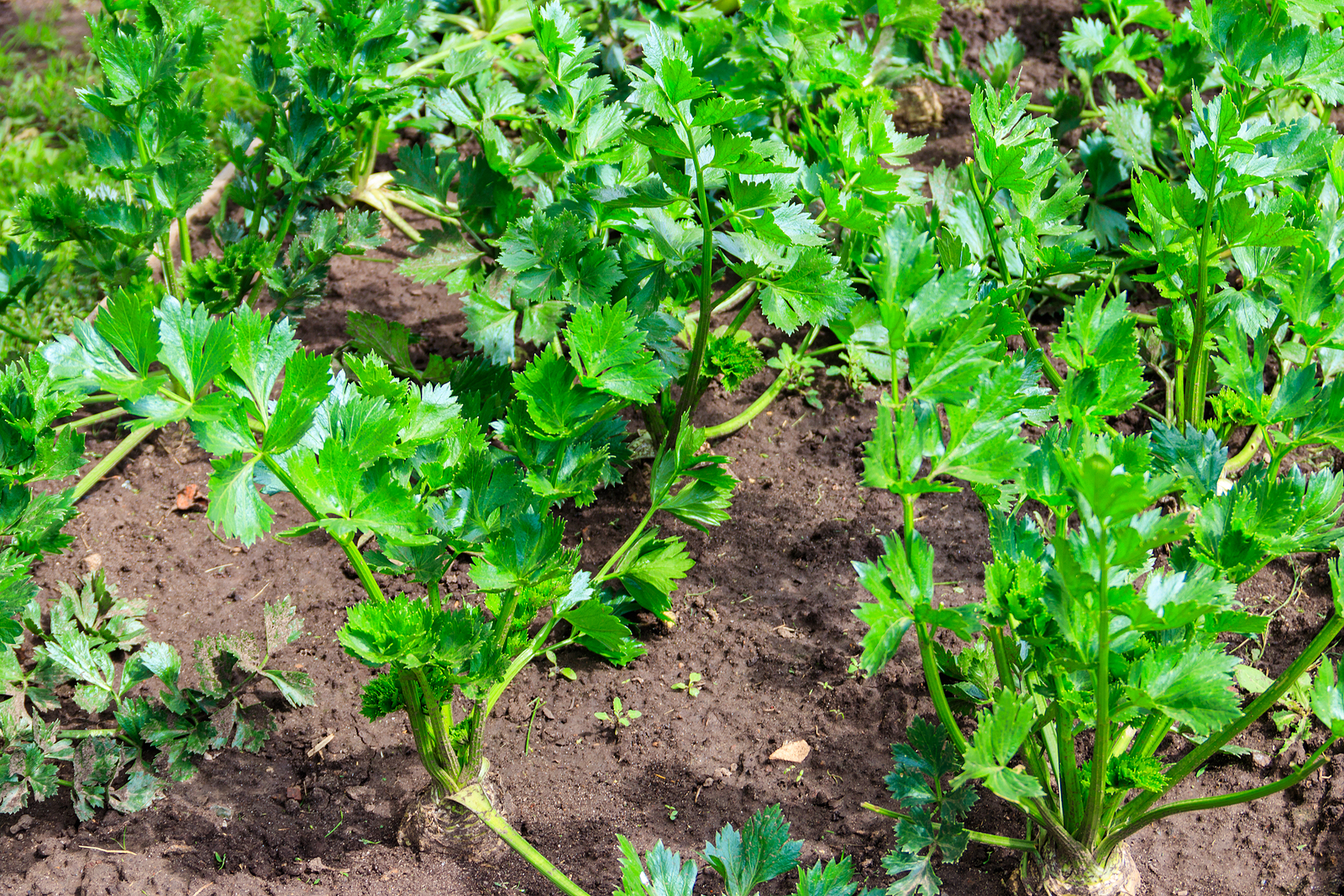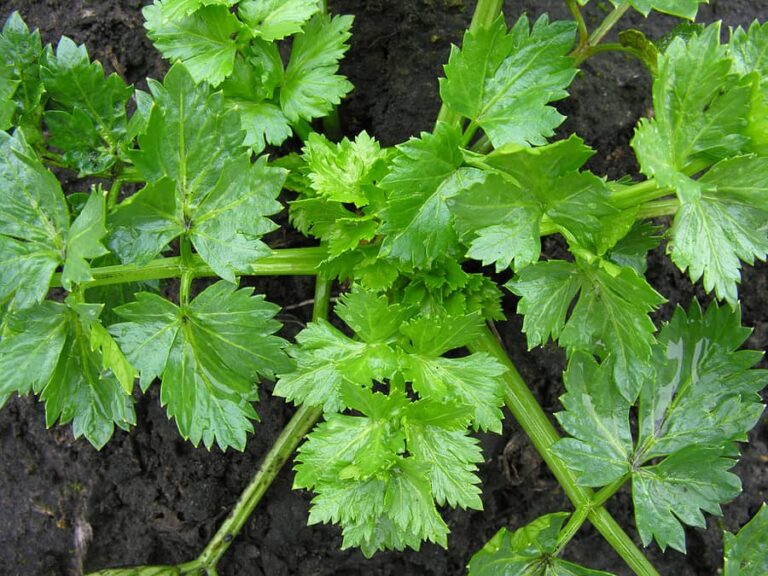Fertilizing Celery: Feeding Tips for Bigger, Tastier Stalks
Celery is a heavy-feeding, water-loving vegetable that requires consistent nutrition for crisp, tender stalks. Over my 30+ years of gardening in Sonoma Valley, I’ve learned that proper fertilization throughout the growing season can dramatically improve both flavor and yield. Underfed celery often produces stringy, bitter stalks, while well-fed plants thrive with lush growth. This guide will show you how to feed celery effectively using organic and balanced methods.
Why Fertilizing Celery Matters
- Celery has shallow roots and is a heavy feeder.
- Nutrient deficiencies lead to stunted growth, pale leaves, and poor flavor.
- Proper fertilization ensures strong, crisp, and sweet stalks.
Types of Fertilizer for Celery
1. Organic Fertilizers
- Compost: Provides slow-release nutrients and improves soil structure.
- Aged manure: Adds nitrogen for leafy growth and overall vigor.
- Fish emulsion or seaweed extract: Quick-acting liquid fertilizers for leafy development.
2. Balanced Fertilizers
- Use 10-10-10 NPK or similar balanced fertilizers for steady growth.
- Avoid over-fertilizing with nitrogen late in the season, as it may reduce stalk tenderness.
Feeding Schedule
| Growth Stage | Fertilizer Type | Notes |
|---|---|---|
| Seedlings / Early Growth | Light compost or starter solution | Avoid burning delicate roots |
| Vegetative Growth | Liquid fish emulsion every 2–3 weeks | Promotes strong leafy stalks |
| Mid-Season / Pre-Blanching | Balanced granular fertilizer | Encourage overall growth and stalk development |
| Late Season / Harvest Prep | Light side-dressing with compost | Maintain flavor and crispness without excess nitrogen |
Additional Tips for Bigger, Tastier Celery
- Keep soil evenly moist; fertilizers work best in well-watered soil.
- Mulch around plants to retain moisture and nutrients.
- Monitor leaves for yellowing, which may indicate nitrogen deficiency—apply liquid fertilizer if needed.
- Rotate crops each season to avoid soil nutrient depletion and reduce disease.
My Experience Tip
I’ve found that combining compost at planting with liquid feeding every few weeks produces the largest, sweetest celery stalks in my garden. Consistency in watering and feeding is key to avoiding stringy or bitter celery.
Final Thoughts
Feeding celery properly ensures a bountiful harvest of crisp, flavorful stalks. Using a mix of organic amendments and balanced fertilizers, along with consistent watering, will maximize both yield and taste.
Celery Fertilization Timeline
| Growth Stage | Fertilizer Type | Frequency / Notes |
|---|---|---|
| Seedlings / Early Growth | Light compost or starter solution | Apply gently to avoid burning delicate roots |
| Vegetative Growth | Liquid fish emulsion | Every 2–3 weeks; promotes strong leafy stalks |
| Mid-Season / Pre-Blanching | Balanced granular fertilizer | Apply around base; encourages overall stalk development |
| Late Season / Harvest Prep | Light side-dressing with compost | Maintain flavor and crispness without excess nitrogen |
Tips for Using the Timeline:
- Keep soil evenly moist before and after fertilizing for best absorption.
- Mulch around plants to retain nutrients and conserve water.
- Adjust feeding based on leaf color and growth vigor—pale leaves may indicate additional nitrogen is needed.
Celery Growing Hub
Start here: The Ultimate Celery Growing Guide: From Seed to Harvest
Celery Basics & Types
- Types of Celery Explained: Pascal, Leaf, and Celeriac Compared
- Best Celery Varieties for Home Gardeners
- Celery vs. Celeriac: Growing, Harvesting, and Cooking Differences
- What You Should Know About Celery Pollination
Planting & Site Prep
- When to Plant Celery by USDA Zone
- Celery Seed Starting Tips
- Direct Sowing Celery: Outdoor Seed Starting Guide
- Proper Celery Spacing and Planting Layout for Healthy Growth
- The Best Companion Plants for Celery and What to Avoid
- How to Grow Celery in Containers or Pots
Care & Maintenance
- How to Water Celery for Crisp, Tender Stalks
- Fertilizing Celery: Feeding Tips for Bigger, Tastier Stalks
- Celery Blanching Techniques: How to Get Tender, Mild Stalks
- Celery Care Throughout the Growing Season
Pests & Diseases
- Common Celery Pests and Diseases How to Control Them Naturally
- Celery Growing Problems: Troubleshooting
Harvest & Beyond




